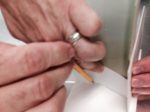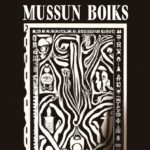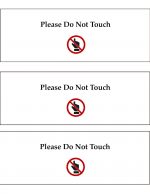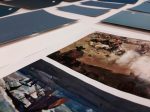Hello MuseumTrade community. I thought this was an insightful interview. Many of us don’t get to touch on the design aspect, but it’s fun to hear where it came from and why. And who knows, after years of seeing how all of the pieces come together maybe someday you’ll move over to the design side. MuseumTrade is absolutely a place for Design, it’s a a place of cross-roads; between museum types and between te many hats we wear on a daily basis and over the course of our careers. So to all the preparators, technician, handlers, interactive designers, exhibit designers, and everyone in-between I bring you an
Interview with Creative Director – Stefanel Barutcieff
Pilotfish Creative Director, Stefanel Barutcieff, has recently held an Interaction Design Workshop in Bucharest. Working together with the National Museum of Art of Romania, a group of talented design students from the University of Arts in Bucharest and with Dizainar – a team of designers dedicated to reorganising and promoting Romanian design, he proposed new and innovative ways of transforming visit museums into a unique experience.
Read the following interview and step behind the scenes of one of the most recent Pilotfish projects.
How did this idea come about?
As an art passionate I have visited a lot of museums around the world and I have seen many examples of Interactive Installations for science museums, but rarely for art museums. As a designer, I thought why not? Why not make art museums just as interactive as science ones?
Having this idea in mind, we approached the National Museum of Art of Romania, one of the most important museums in Bucharest but also one of the most challenging ones for us to implement our idea.
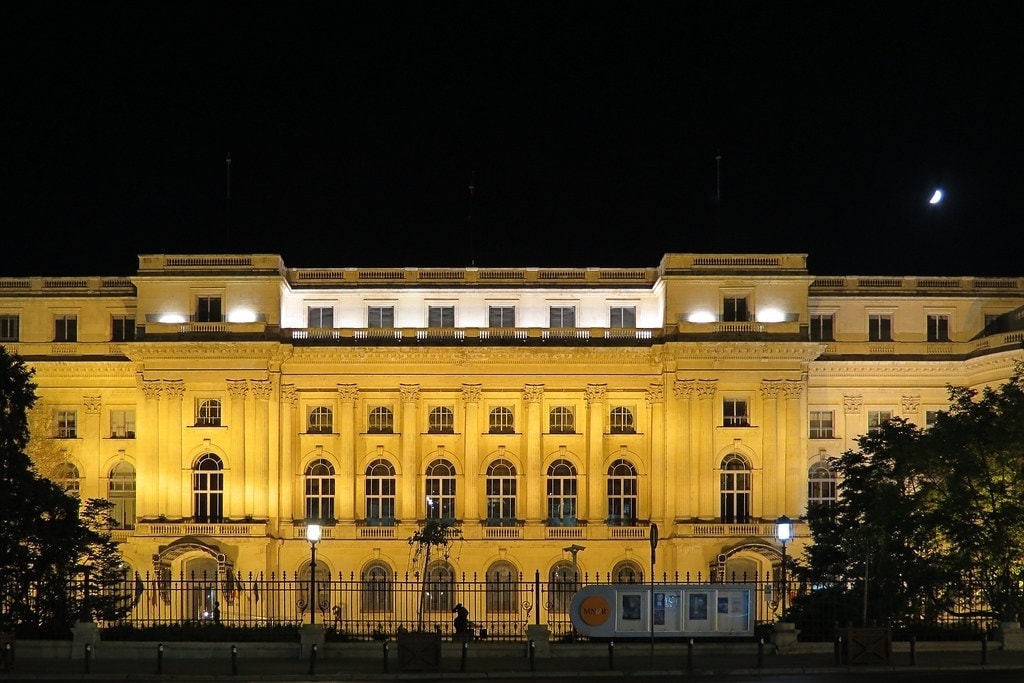
Photo by Alex Panoiu 
Why would a museum want an Interactive Installation for its visitors?
A lot of museums face the problem of not being able to attract the younger generation, the digital generation of tablets and smart phones for whom sharing via social media is a key element of their daily experiences.
It’s also important to understand the need to improve the interaction between visitors and the objects displayed in museums – this is what makes a visit to a museum a pleasant and unique experience for the visitors.
Especially in the case of art or history museums, the visitor is disconnected from the objects displayed. These are objects captured in a time capsule belonging to the past, something hard to relate to and understand for the new generations.
A lot of museums have touchscreens and audio guides for visitors. How is this different from an Interactive Installation?
These systems, while good, are also limited. They do not give the user the option to choose the information presented to him and the level of immersion into the historical or cultural context of an exhibit is superficial. The context and the background of an exhibit are the factors which give it its true value, and without this understanding, as I mentioned, the immersion of the visitor remains a superficial one.
While Science themed exhibitions allow for more freedom of interaction within an exhibition space, people can see how things work, what they do and so on, art museums represent a genuine challenge, starting with the nature of the exhibits and continuing with the profile of the audience these museums are trying to attract. Technology is a lot more appealing to younger people as the connection of those exhibits and the reality they are surrounded by is far more obvious and easier to grasp.
Why did you decide to turn this project into a workshop?
First of all, we wanted to have a solution addressing exactly this segment – young people. We wanted to find out what triggers them, what attracts them, what they would like to see. That’s why we partnered with the University of Arts in Bucharest and with Dizainar and we organised an intensive two-weeks Interaction Design Workshop by the end of which we aimed to deliver several design concepts of Interactive Installations.
What is the best way to structure such a workshop in order to get the best results?
We wanted the client to be happy and excited with the outcome and we wanted the students to have a genuine experience of what it means to work as a designer. We wanted to empower them but also let them express their ideas and their creativity.
So the workshop included all the steps of our normal design process, starting with research through on-location visits and an interview with one of the museum curators, continuing with brainstorming sessions, online research of available technologies, ideation, sketching and 3D renderings, and in the end – presentation of concepts to the client. With the help of Dizainar we even provided a work space which really resembled a design studio.
What were some of the challenges you came across?
Following our initial visit at the museum and several interviews with the representatives of the museum, we identified some of the biggest pain-points. The first one was defined by the context and the nature of one of the permanent exhibitions – Romanian Medieval Art. Composed of highly valuable exhibits with a rich historical value but also a highly religious component, the exhibition does not attract younger generations.
One of the first questions we asked ourselves was exactly this: How do we make Medieval Art, religious art, attractive to young people who generally have a low interest in this topic? How do we make it accessible and interesting without our solutions competing with the exhibits themselves?
In order to do this we looked in depth, into the culture, the history and the legends associated with these objects. We wanted our design to tell the story of those objects and we also wanted to tell a story about the museum, because storytelling is the best way to reach users and give them the best experience they can have while visiting the museum. The best stories are always the ones which have a personal component, a component which users can identify themselves with. We felt that the classical audio guides and explanatory boards or touch screens are not personal enough, they don’t engage the visitor, and the story they tell is too general, unable to reach to the particular interest of each individual.
The solutions we came up with, together with the students, are closely related to history, to culture but also to the personal visit of the audience, their interests and expectations, as well as their needs – such as being able to take a break during the visit or selecting the kind of information they explore during their visit.
Besides the perspective of the visitors, we also focused on the needs of the museum. We looked at how we could place an Interactive Installation without disturbing the flow of visitors and without distracting them from the exhibits themselves. We focused on how we could transform the spaces of transition and the spaces annexed to the exhibition rooms, such as a bench in an exhibition room, the entrance of the museum or even the gardens. We combined fresh ideas with safety requirements, such as delimitating certain areas around the exhibits.
Another challenge was to create an Interactive Installation which can engage a very wide range of people. Considering the audience of the museum if formed of all categories of persons, from school children to elderly people, our concept had to be easily understandable to all.
What do you consider to be your biggest take-away from this workshop?
No matter how experienced you are as a designer, each project adds to your knowledge so there is always a lot to learn and new dimensions to explore, but I think the biggest take away, for me, is realising once again how important balance is in design.
How do you keep the perfect balance between celebrating art in its pure, unaltered form while at the same time making it accessible and understandable to a larger audience? How far do you go without trivializing art? It was also very interesting to explore all the different ways in which we could use the cultural background of an object, the legends and stories surrounding it, in order to develop our design concepts.
We used new technologies to reactivate these old, almost forgotten stories and bring medieval art closer to the modern visitor, practically reconnecting all the key elements – the object, its’ space, its’ history and its’ viewer.
Interactive Installations have the power of restoring this connection and the stronger this connection is, the better the user experience becomes when we visit a museum.
Featured Image: Photo by pedrosimoes7 


